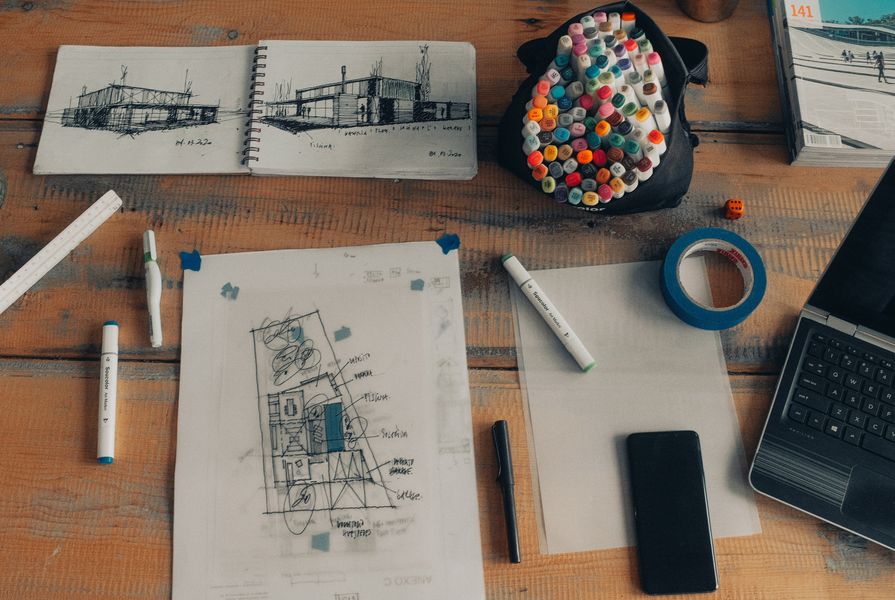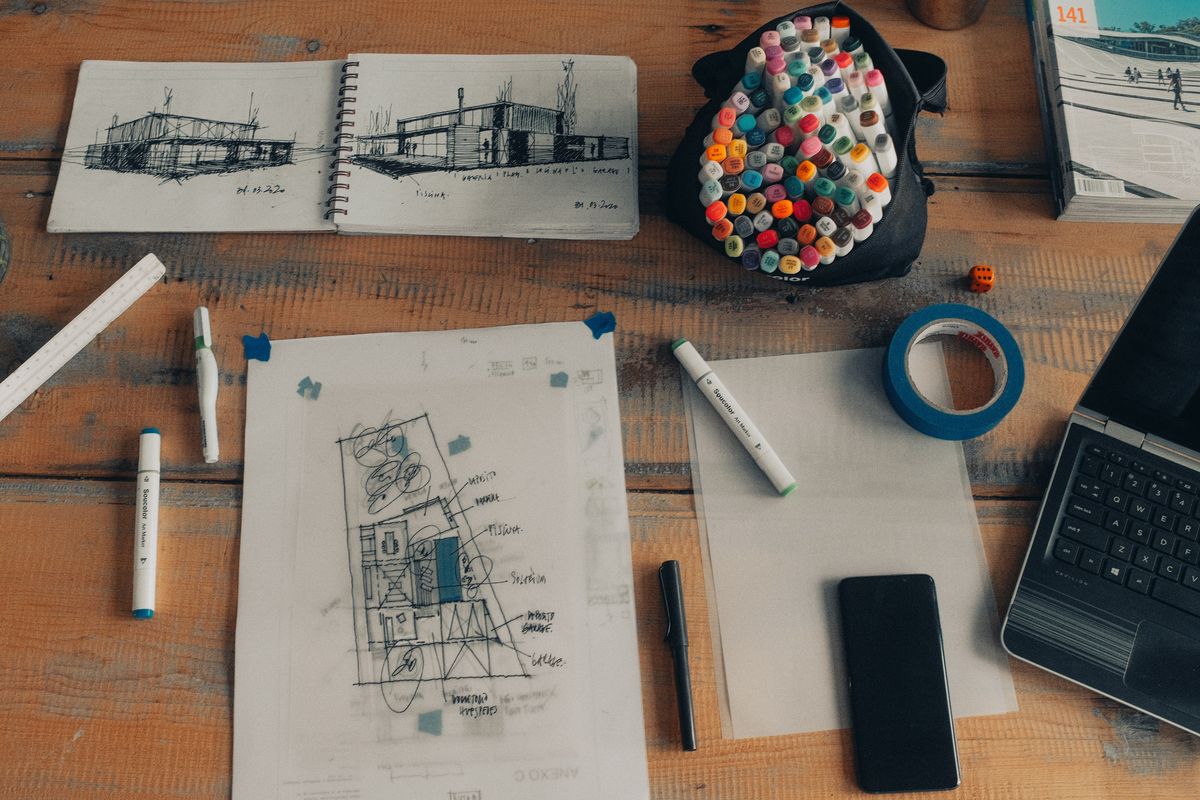What did the survey find?
Guest editors: While only a relatively small number of survey respondents said that the actual nature of architectural work had affected their wellbeing, far more identified problems with how and when the work must be completed. Some noted a significant erosion of personal time available for commitments outside of work. It is well established that architecture has an entrenched long-hours culture and that practitioners work significant overtime, which is not always fully remunerated. What has not been previously established is the effect that this is having on wellbeing.
Many participants identified a lack of time-management skills – observing that they had not learned these during architectural education, and that they were largely absent from practice environments. Some participants called for the adequate resourcing of projects so that they could be completed to an appropriate standard, without unrealistic timelines and stressful time pressure. Others noted that pressurized working conditions are ultimately self-defeating and detrimental to the profession, given that people faced with relentless, unrealistic deadlines are apt to leave.
Some participants spoke about measures they had taken to gain control over their own time and workflow, including instilling various kinds of boundaries between work and personal life. There were also positive stories of practices that did have clear and deliberate strategies around management of time and people.
All quotations are from The Wellbeing of Architects 2021 Practitioner Survey
55 percent of respondents identified timelines or deadlines as one of the top three factors having a negative impact on their wellbeing
“I set boundaries between work and personal life [to support my wellbeing]. These boundaries were often looked upon as a lack of commitment to my job.”
– Female, senior team member, 46–55 years
“Most practices I have worked for have had little to no time management across projects.”
– Male, self-employed, 36–45 years
“As an entire profession, we need to stop the ‘race to the bottom’ with fee-cutting. Instead, as an entire profession, we need to demand appropriate fees for the work that we do, so that we can properly pay staff to do good work, in reasonable time frames, without undue stress, pressure and cutting of corners. In other words, this profession as a whole needs to get its self-esteem sorted, stat!”
– Female, director, 46–55 years
“I was blessed to have been brought up within a large practice that valued its people. While I did some long hours at times, this was always balanced with time off and encouragement of an active, healthy life outside of work.”
– Male, self-employed, 36–45 years
What can we do?
Darryl Suttie (director at Design Inc): As consultants, time is our commodity of exchange. Yet we don’t acknowledge or respect its value enough, either individually or collectively. To improve the wellbeing of architectural workers, we must develop a better framework within which to operate and deliver value. The Wellbeing of Architects survey voices are a powerful call to action, challenging us to humanize workplace practices and change mindsets.
First, we need to break the culture of long working hours. The industry needs to support team members to keep hours to a standard working week, and leaders need to encourage lunch breaks, shifting away from the misnomer that long hours are a badge of loyalty or productivity. Survey respondents have clearly had enough of poorly planned and resourced projects leading to personal sacrifice. There will always be occasional situations that call for extended hours or efforts, but these need to be kept to a minimum, balanced out and fairly paid. Tracking overtime as actual project costs gives an accurate measurement of the real input and effort invested by staff, enabling better time management and forecasting on future projects. One way is to encourage staff to enter their hours on timesheets – honestly.
The impact of poor time management on professional wellbeing suggests that specific training is needed. Integrating these themes throughout the university curriculum would help us all to recognize the inherent value of time. Ongoing professional development, continuing industry dialogue and mentoring would consolidate workplace change.
In my experience, improved project planning and communication increases productivity and reduces stress. The core function of planning and resourcing, challenging scope and detailing timelines needs to happen earlier in the process for each project. The ongoing review, tracking and adjusting of workloads as a project progresses is empowered by teamwork and communication. When all team members participate in planning, clarifying and questioning assumptions, the process is normalized.
Practices need to challenge themselves and their clients to appreciate that producing more on a project doesn’t necessarily equal better results. Tight programs and requests for changes commonly derail time management, and when communication doesn’t acknowledge the effect on timelines, the design team carries the load.
The COVID-19 pandemic has provided an opportunity to shift client expectations around travel, meeting frequency and reasonable deliverables and deadlines. Cloud-based project management software and BIM collaboration platforms are transforming how we share information with clients. For example, on a recent project, our client was happy for the design development review to be conducted as a virtual walk around the model, in lieu of huge reports and masses of drawings.
To avoid open-ended value assumptions by clients, we need to improve industry standards in detailing scope in fee proposals, quantifying deliverables, controlling the number of meetings and setting maximum times for specific tasks.
Creating a safe workplace is everyone’s responsibility. Cultural change and new work practices around timelines and time management can help to improve wellbeing across our industry – something we would all be proud of.
Design Inc is an industry partner in The Wellbeing of Architects project.
















